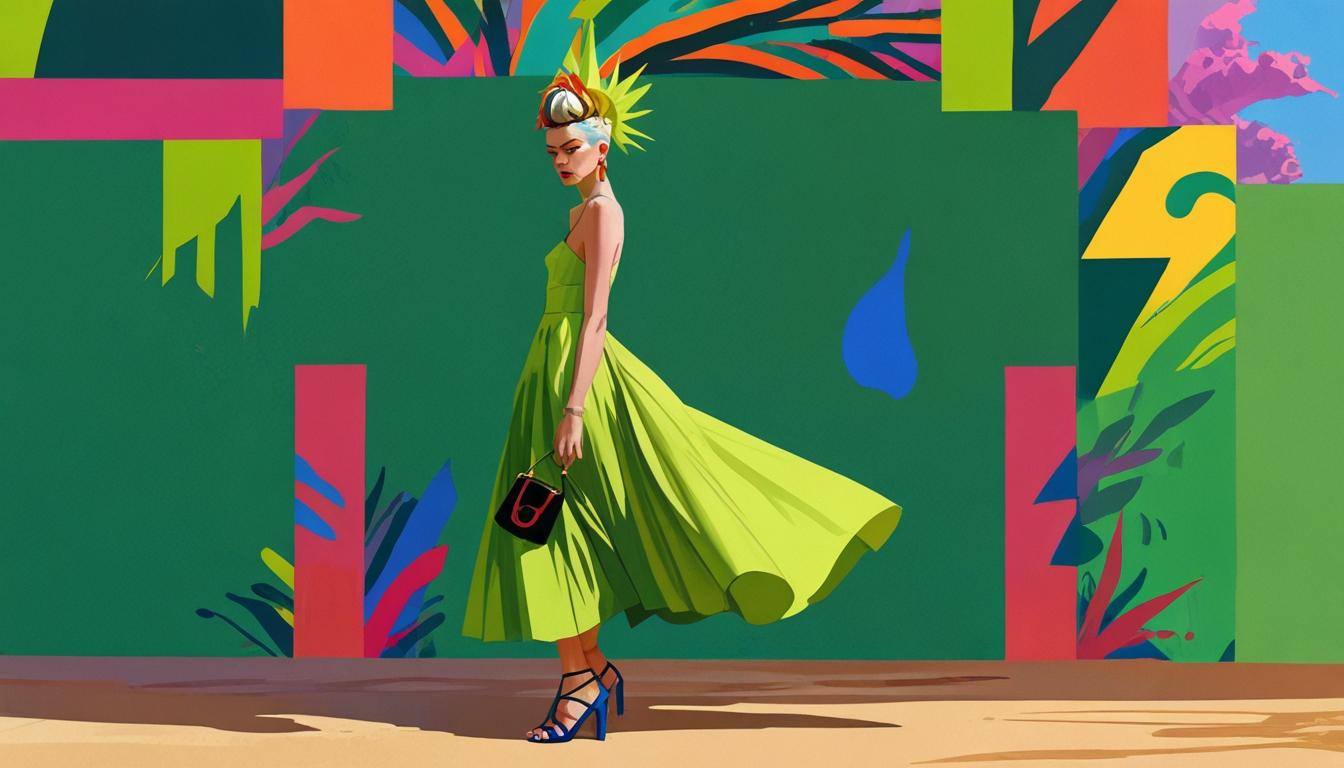Gucci’s upcoming exhibition celebrates its history through the iconic Bamboo bag, reflecting cultural narratives and craftsmanship.
In a move that showcases its deep-rooted heritage, Gucci is set to unveil a new exhibition titled “Gucci Bamboo: Decoding an Icon” in Shanghai. The event will take place at the city’s historic Sunke Villa from March 28 to April 6, offering free admission to the public. Visitors can reserve their slots through WeChat’s Mini Program.
Curated by the Milan-based multidisciplinary studio 2050+, the exhibition aims to illuminate the significant role of bamboo in the brand’s history, highlighting its attributes of strength, resilience, and elegance. Gucci articulated that “in Chinese culture, bamboo has long symbolized humbleness, nobility, and perseverance, values deeply embedded in art, literature, and philosophy.”
The exhibition will guide attendees through the evolution of the iconic Gucci Bamboo bag, created in 1947. At the time, Italy was recovering from World War II, which made sourcing traditional raw materials a challenge. Guccio Gucci, the founder of the fashion house, chose to innovate by using bamboo as the handle for its bags, a decision supported by skilled artisans from Florence.
The Gucci Bamboo bag, distinguished by its unique curved bamboo handle, has seen various iterations over the decades. The most recent showcase of this accessory occurred during the “Gucci Cosmos” exhibition in Shanghai two years prior, where British artist Es Devlin designed a relevant installation for the Bamboo 1949 bag.
Additionally, an exhibition held in Tokyo last year highlighted the same Bamboo 1947 bag, featuring a collection of 60 vintage models from the 1980s and 1990s. These bags were revitalized by traditional Japanese artisans, emphasizing a cross-cultural appreciation and artistic collaboration.
As fashion enthusiasts and the general public in Shanghai prepare for this latest exhibition, it serves as a testament to Gucci’s commitment to celebrating its legacy while intertwining it with broader cultural narratives.
Source: Noah Wire Services




